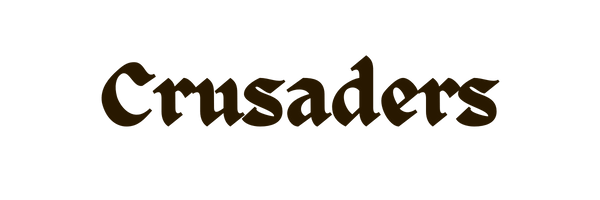Support Spell List
If your class uses the support spellcasting list, here's all the information you need!
Choosing Spells
On spell selection you choose the damage type, you cannot change this until you complete a long rest. You can choose the same spell as a known spell, with a different element or otherworldly damage type.
Your character knows cantrips and 1st Tier Spells at level 1. You gain 2nd Tier Spells at level 5, 3rd Tier Spells at level 11, and 4th Tier Spells at level 17.
How To Cast Spells?
Spells cost spell points. See the chart below to find out how many spell points each spell costs. You can upcast spells using 3 spell points per upcast level max of 5. The spells below will have an action economy listed of Action, Bonus Action, or Reaction which will let you know which action type the spell can use.
| Spell level | Spell Point Cost |
|---|---|
| Cantrip | 0 |
| 1st Tier | 1 |
| 2nd Tier | 3 |
| 3rd Tier | 6 |
| 4th Tier | 9 |
What Do Spells Do?
A spell will have one of 5 Attack Types. Ally/Self Buff, DC, Ally Buff, Self Buff, or Attack Roll. This lets you know how to use the spell and it's intended use.
The damage will be found in the Damage Upcasting Die section. This is the damage for both upcasting which costs 2 additional spell points and is capped at 3, and the initial damage. There are 3 formulas for damage:
(PM * .5)dX: This means the damage is half of your proficiency modifier number of dice indicated. For example (PM * .5)d6 at tier 1 would be 1d6.
(PM)dX: This means the damage is your proficiency modifier number of dice indicated. Example, (PM)d6 is 2d6 in tier 1.
(PM + X)dX: This means the damage is your proficiency modifier number of dice indicated + a number indicated. Example (PM +1)d4 is 3d4 in tier 1.
XdX (Increase Die): Example, 1d4 (Increase Die) this means you can upcast increasing the die from 1d4 to 1d6.
Spell Components
V - Verbal
Verbal components require sound that can be heard by your target.
S - Somatic
Somatic components require a hand movement to perform the spell.
M - Material
Material components are spells that require items to use, they are consumed when casting the spell unless otherwise stated in the spell.
R - Ritual
Ritual spells have a casting time of 3 rounds in combat, or 5-10 rounds out of combat. If a creature focusing on a ritual takes damage, they must make a CON saving throw against the damage taken. If the creature focusing on a ritual becomes distracted by a non-damaging condition, they must make a DC 10 CON saving throw, and on failure, start casting the ritual spell again from the beginning, restarting the ritual casting time requirement.
N - No Requirement
No Requirement components require nothing perform the spell, just cast it using the required spell points.
On Hit
On hit spells can be used when you land an attack roll. You can only activate one on hit at a time unless otherwise specified.
Select a Spell
Proficiency Modifier (PB)
| Experience Points | Level | Proficiency Bonus |
|---|---|---|
| 0 | 1 | +2 |
| 300 | 2 | +2 |
| 900 | 3 | +2 |
| 2,700 | 4 | +2 |
| 6,500 | 5 | +2 |
| 14,000 | 6 | +4 |
| 23,000 | 7 | +4 |
| 34,000 | 8 | +4 |
| 48,000 | 9 | +4 |
| 64,000 | 10 | +4 |
| 85,000 | 11 | +8 |
| 100,000 | 12 | +8 |
| 120,000 | 13 | +8 |
| 140,000 | 14 | +8 |
| 165,000 | 15 | +8 |
| 195,000 | 16 | +12 |
| 225,000 | 17 | +12 |
| 265,000 | 18 | +12 |
| 305,000 | 19 | +12 |
| 355,000 | 20 | +12 |
Spell Points Per Level
These are the amount of spell points your character gets per level. This can be found in the rules section, but for ease of use we decided to also include them here.
| Level | Points |
|---|---|
| 1 | 2 |
| 2 | 4 |
| 3 | 6 |
| 4 | 8 |
| 5 | 10 |
| 6 | 12 |
| 7 | 14 |
| 8 | 16 |
| 9 | 18 |
| 10 | 20 |
| 11 | 22 |
| 12 | 24 |
| 13 | 26 |
| 14 | 28 |
| 15 | 30 |
| 16 | 32 |
| 17 | 34 |
| 18 | 36 |
| 19 | 38 |
| 20 | 40 |
How Many Spells Per Level
Your character starts with a certain amount of spells and gains more per level. At level 1, you get to pick 4 spells. 2 Cantrips & 2 1st level spells. See the chart below to find out how many spells you know at your level.
| Level | Spells Known |
|---|---|
| 1 | 4 |
| 2 | 4 |
| 3 | 8 |
| 4 | 8 |
| 5 | 10 |
| 6 | 10 |
| 7 | 12 |
| 8 | 12 |
| 9 | 14 |
| 10 | 14 |
| 11 | 16 |
| 12 | 16 |
| 13 | 18 |
| 14 | 18 |
| 15 | 20 |
| 16 | 20 |
| 17 | 22 |
| 18 | 22 |
| 19 | 24 |
| 20 | 24 |

